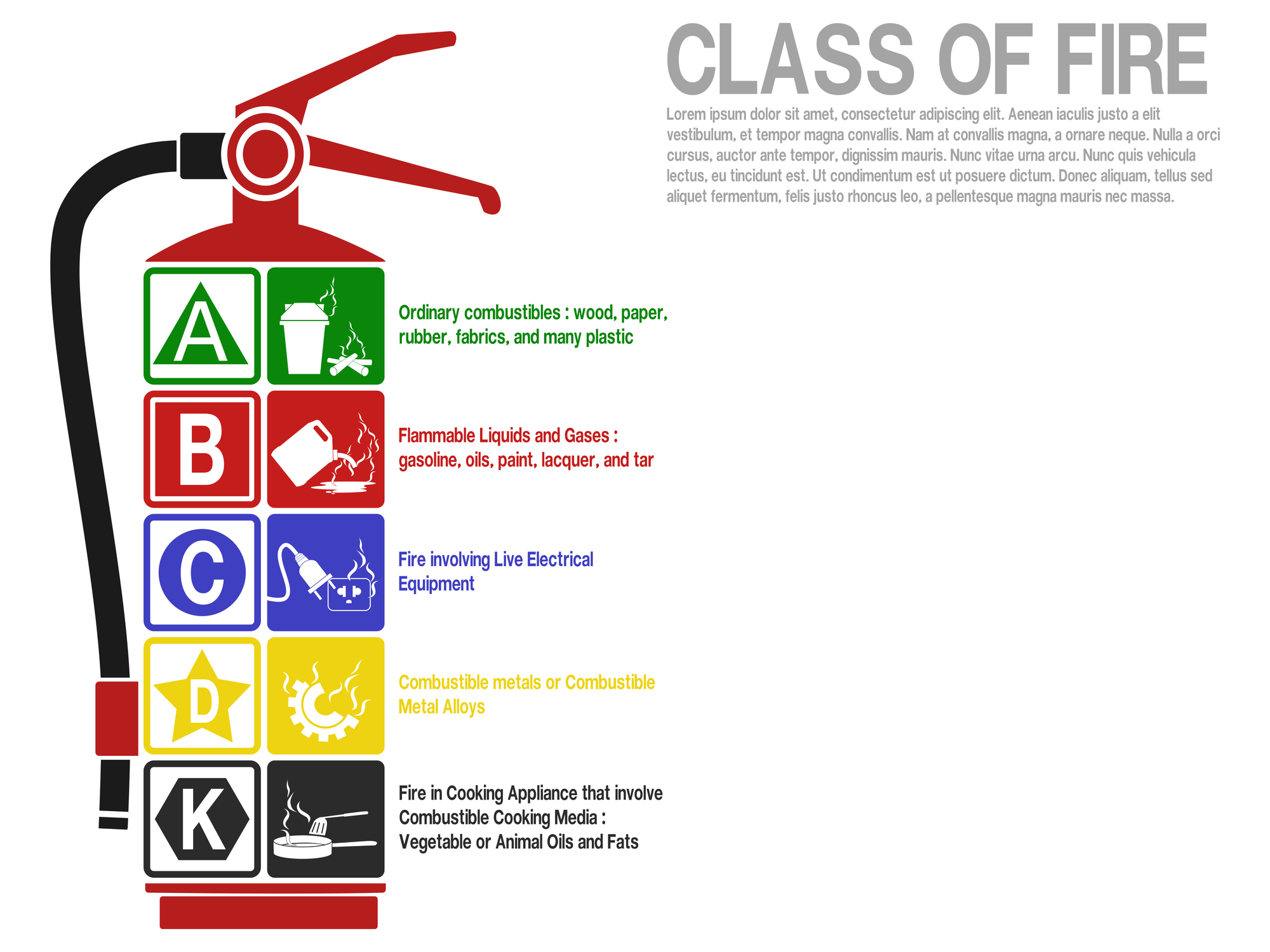Safe travels: Preparing for the unexpected while hauling livestock and horses
Before hitting the road with your livestock and horses, make sure you, your vehicle and your trailer are prepared for the unexpected.

‘Tis the season for traveling with your horses and livestock, whether it be recreational opportunities such as trail riding or heading to a livestock show or even to a rodeo, it is advisable to be prepared for an emergency before heading down the road.
Performing annual maintenance that includes checking brakes, inspecting the frame of the trailer, inspecting wiring harness, greasing all hinges and the ball hitch etc., checking trailer flooring and making sure all lights (both internal and external) are operational is a must to ensure that your rig is in full working condition and roadworthy. In addition to the previously mentioned items, below are a few more considerations to think about before embarking on your journey.
Check tire pressure
Always take a moment to check the tire pressure on the truck and trailer tires, including the spare tire of the truck and the trailer. Tires that are not properly inflated or that are over-inflated are at increased risk of blowing out.
Have basic mechanical supplies and tools available
Carry equipment with you such as a basic toolbox which may include flares, flashlights, spare fuses, a crowbar, hammer, screwdrivers, wrenches, pliers, some sort of contact cleaner (example: WD40), tire gauge, lug wrench, a jack and wheel chocks. This equipment could be critical if you have a tire blow out.
Prepare an emergency kit
It is important to make sure that if you are on the side of the road due to an emergency, that you are visible. Stocking an emergency kit that includes flares, portable hazard triangle signs and a reflective vest can help keep you and your rig visible and increase your safety by allowing you to be easily seen by oncoming traffic.
Pack a fire extinguisher
Adding a fire extinguisher to your traveling safety kit may be beneficial. Keep in mind that fire extinguishers have symbols or letters on them to indicate the type of fire that the extinguisher is meant to address. See ratings below. For the most part, ABC rated fire extinguishers may seem like the most logical choice to address a fire that could occur while hauling.

The size of the extinguisher is also important. Think about the storage space that you have and where you will house the extinguisher for ease of access. You may consider placing multiple extinguishers in your truck and in your trailer. Be sure to check the expiration date on all extinguishers each year.

Drop-down window screens
When pulling a trailer with drop-down windows, consider installing and using window screens while traveling down the road. Many trailer fires have been caused by negligent motorists throwing cigarette butts out the window, which can cause hay bags or shavings to catch on fire if blown into the trailer through open windows.
First aid kit
It is always a good idea to have basic medical supplies for people and animals. Pre-made first aid kits are commercially available, or you can build your own. Basic kits contain supplies such as antiseptic wipes, first aid creams, dressings and bandages, tweezers, scissors and gloves. Similar items are contained in human and animal kits. This kit can be used if an accident occurs on the road or if an injury occurs after you reach your destination.
Other considerations are to have water available for you and your livestock, a charged cell phone and a charger cord and an emergency contact readily available to utilize in case of an emergency.
It is almost impossible to prepare for every potential situation that could occur while traveling with horses and livestock, but doing some planning and preparation is better than having no plan at all. Before hauling have an emergency plan in place so if you and your animals are stuck on the side of the road or in an accident you can respond quickly. In some cases, time might be of the essence when considering getting back on the road.



 Print
Print Email
Email




